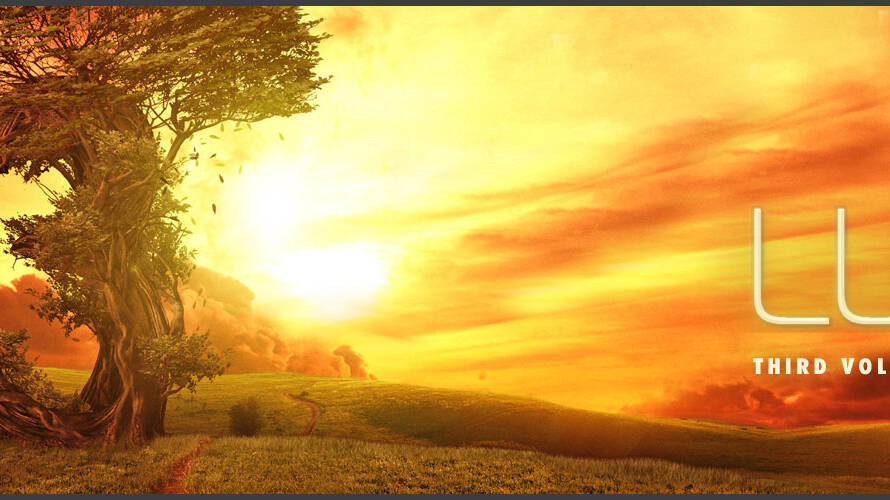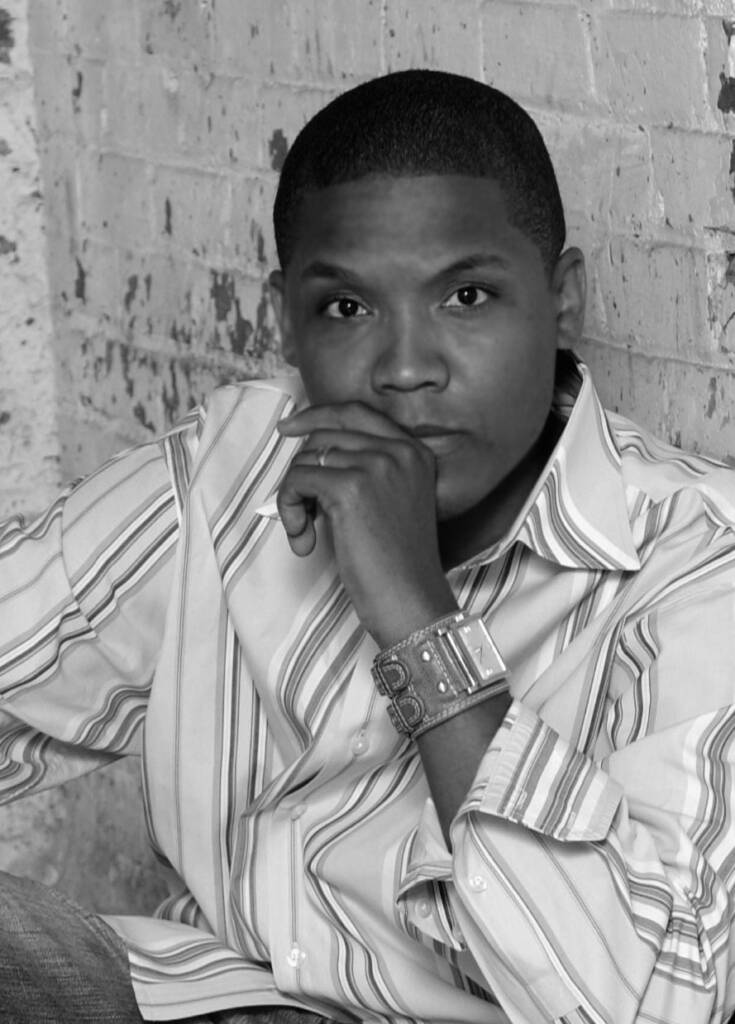In the world of film, sound plays a crucial role in evoking emotions and conveying the intended message of a scene. But sometimes, it is the absence of sound – silence – that can make a more significant impact on the audience’s emotions. The intentional use of silence in filmmaking speaks volumes, creating powerful moments that leave lasting impressions. In this blog post, we will explore the impact of silence on emotions in the context of film and discuss when it is better to let silence take center stage.
A Quiet Power: The Emotional Impact of Silence
Silence has an extraordinary ability to draw our attention and focus. It creates a visceral tension that can enhance what is happening on-screen. When used effectively, silence can convey emotions such as fear, sadness, or introspection more powerfully than any dialogue or soundtrack.
Take, for example, suspenseful scenes in thriller or horror films – the absence of sound heightens the audience’s anxiety and anticipation, making even the slightest noise reverberate through their nerves. On a more introspective note, consider moments of self-realization or reflection shown through silent contemplation – this allows viewers to deeply connect with a character’s inner turmoil and empathize with their emotional journey.
Knowing When to Let Silence Speak
Just as musicians know when to introduce pauses into a composition for dramatic effect, filmmakers must understand when it’s optimal to let silence do the talking. Here are some instances where silence can be more impactful:
1. Emphasizing Emotional Moments: In pivotal dramatic scenes, allowing silence to dominate can magnify raw emotion and accentuate vulnerability. Think of critical decisions, heart-wrenching realizations, or moments where words simply cannot do justice to what characters are feeling.
2. Building Suspense: In genres like thriller and horror, replacing expected audio cues with strategic silence keeps audiences on edge and heightens anticipation – leaving them guessing when the proverbial shoe will drop.
3. Enhancing Visual Storytelling: Sometimes, strong visual elements can convey a message more effectively than dialogue or music. In these cases, using silence to focus the viewer’s attention on visual cues draws them into the scene and enriches their sensory experience.
4. Transitioning and Contrasting: Effective use of silence can emphasize transitions within a story, highlighting differences between two scenes or splitting moments of conflict and resolution. Juxtaposing sound-heavy sequences with silent ones can accentuate the impact of both.
In conclusion, silence is a powerful and underutilized tool in filmmaking that, when employed thoughtfully and strategically, can evoke emotions in ways that sound simply cannot. By recognizing when to let silence speak prominently, filmmakers invite audiences to engage with their work on a deeper emotional level, resulting in a truly immersive cinematic experience.




